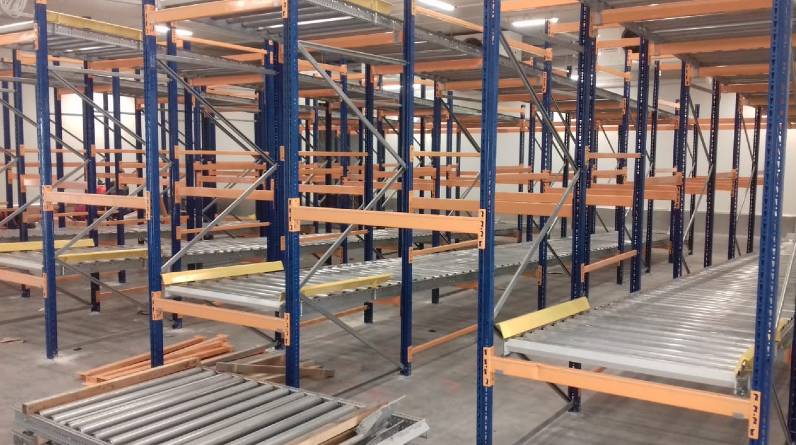As businesses grow, so does their inventory. This means that storage solutions become critical in ensuring that operations run smoothly. One solution that has stood the test of time is having a great racking system. In this article, we will discuss the importance of having an efficient and effective racking system for your business.
Why You Need a Racking System?
Having a proper racking system is vital to any business owner who needs to store a large amount of goods in a compact space. It allows you to maximize the use of your available floor space, making it possible to store more items without expanding your facility.
Furthermore, a racking system ensures that your inventory is well-organized. This means that each item has its designated spot, and you won’t waste time and resources searching for misplaced goods. This, in turn, leads to increased productivity, as staff can easily find what they need when they need it.
Types of Racking Systems
There are different types of racking systems available, and choosing the right one for your business depends on various factors such as the size of your inventory, the weight of your products, the height of your ceiling and, most importantly, your budget.
Pallet Racking Systems
Pallet racking is the most common type of racking system used in warehouses and retail stores. It is designed to store palletized goods and other heavy materials. Pallet racking systems come in different configurations, including selective pallet racking, double deep pallet racking, and push back pallet racking.
Selective Pallet Racking
Selective pallet racking is the most common configuration of pallet racking. It offers direct access to every pallet position, allowing you to quickly locate specific items. This makes it ideal for businesses that have a high stock turnover.
Double Deep Pallet Racking
Double deep pallet racking is a configuration that allows you to store two pallets deep, meaning that you can store twice as many pallets in the same space. It works by placing one pallet behind another on the same side of an aisle.
Push Back Pallet Racking
Push back pallet racking is a configuration where pallets are stored on wheeled carts that slide along rails. Each level of the racking system is slightly inclined towards the front, and when a pallet is added to the system, it automatically pushes the pallet behind it further back, creating additional storage space.
Cantilever Racking Systems
Cantilever racking systems are ideal for storing long, bulky items such as timber, piping, or sheet metal. They are designed with arms that extend out from a central column, allowing you to store items horizontally across the arms.
See more about – QWORDLE
Carton Flow Racking Systems
Carton flow racking systems are designed to store small, lightweight items such as boxes of merchandise. They work on a first-in, first-out (FIFO) basis, meaning that the first item that enters the system is the first item to be picked when required. This makes them ideal for businesses that have a high volume of stock turnover.
In brief, investing in a great racking system is critical for any business owner who wants to maximize their space and keep their inventory organized. With the different types of racking systems available, you’re sure to find one that suits your needs and budget. A well-designed racking system will not only increase your productivity but also help you save time and resources in the long run.



